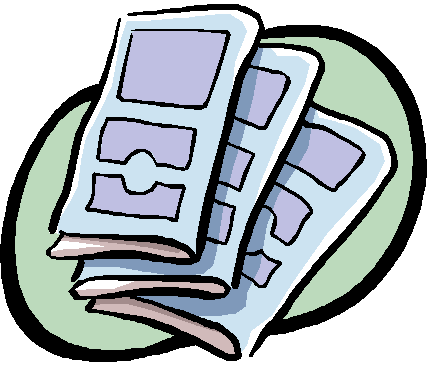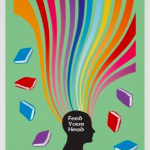Read any good brochures lately?
 Several years ago, I was part of a team developing a large-scale reading assessment. When we were field-testing different types of tasks and text forms, we were surprised to see that our high school (Grade 10) students received the lowest scores on an actual brochure from a local museum. What was it about this common text form that caused students so much more difficulty than a poem, essay or short story?
Several years ago, I was part of a team developing a large-scale reading assessment. When we were field-testing different types of tasks and text forms, we were surprised to see that our high school (Grade 10) students received the lowest scores on an actual brochure from a local museum. What was it about this common text form that caused students so much more difficulty than a poem, essay or short story?
Brochures are dense with information that is presented in a combination of text, images and other visual forms, such as maps, charts and tables. Like other functional texts, brochures are read for specific purposes, so readers need to scan, skim and sometimes skip information to find the information that meets their purposes. All of the comprehension strategies needed for narrative text apply to reading functional text; readers must connect to prior knowledge, ask questions, draw inferences, synthesize and self-monitor in order to access the information they need. As well, readers must read critically, as they determine whether the information meets their needs and what techniques the writer has used to grab and focus their attention.
Brochures are free and easy to access as instructional resources. They’re interesting and engaging to students. And when we teach students how to read brochures, we provide them with tools for reading all sorts of other texts. Here are some teaching ideas for incorporating brochures into your reading instruction.




